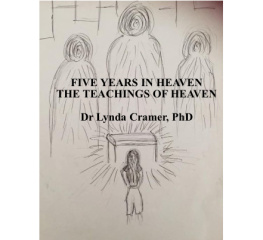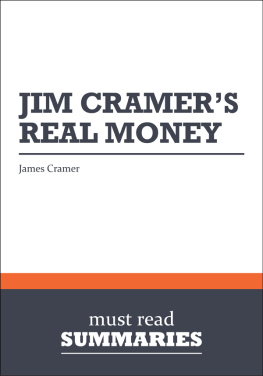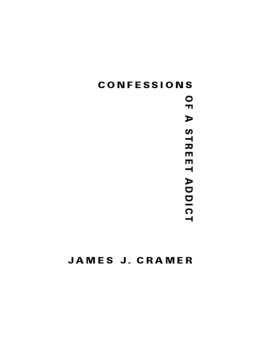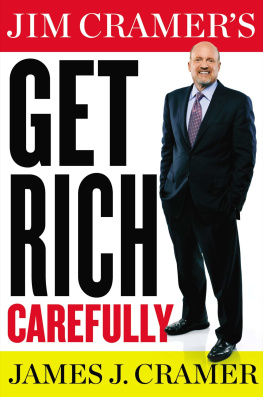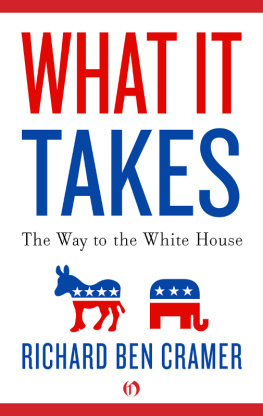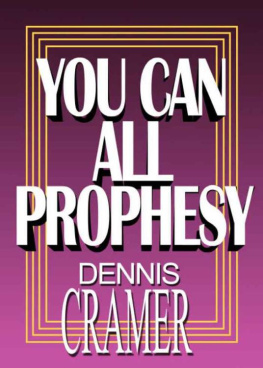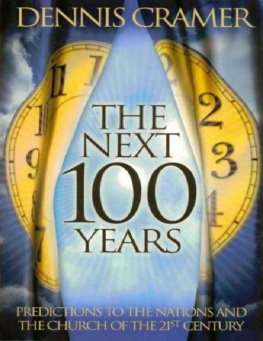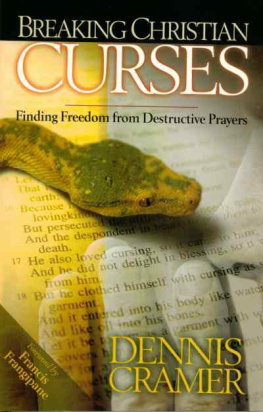
This edition is published by Papamoa Press www.pp-publishing.com
To join our mailing list for new titles or for issues with our books papamoapress@gmail.com
Or on Facebook
Text originally published in 1952 under the same title.
Papamoa Press 2017, all rights reserved. No part of this publication may be reproduced, stored in a retrieval system or transmitted by any means, electrical, mechanical or otherwise without the written permission of the copyright holder.
Publishers Note
Although in most cases we have retained the Authors original spelling and grammar to authentically reproduce the work of the Author and the original intent of such material, some additional notes and clarifications have been added for the modern readers benefit.
We have also made every effort to include all maps and illustrations of the original edition the limitations of formatting do not allow of including larger maps, we will upload as many of these maps as possible.
ROYAL BOB
THE LIFE OF ROBERT G. INGERSOLL
BY
C. H. Cramer
TABLE OF CONTENTS
Contents
TABLE OF CONTENTS
FOREWORD
ARDENT FRIENDS compared him to Shakespeare and Lincoln. Bitter enemies wanted to transport him to the South Seas. Walt Whitman thought he was sent by heaven to save the race from itself. Worried opponents said the Devil had dispatched him to carry on the work of antichrist on earth.
The name of Robert Green Ingersoll was as well known in most American homes as the captains and the kings of his day. As a Republican he was the Big Voice of the party. As a lawyer he was frequently able to bend juries to his will. As an orator he amused, informed or disquieted auditors in almost every state in the Union. As a rationalist he preached salvation through science.
A half century after his death it is possible to look at Ingersoll in a perspective which has become more distinct with the passage of time. Much of the emotional turbidity which clouded the canvas in that day has been dissipated. It is clearly seen that many problems of the late nineteenth centurythe bitter strife of party politics, the conflict of science and religion and the relationship of church and statewere not unique to his time.
Ingersoll has no counterparts, then or now. The savagely bitter Brann does not qualify. Perhaps the eloquent and melancholy Darrow comes closest, but he had little of Ingersolls gay optimism and joie de vivre . It was these qualities which brought from President James A. Garfield the sobriquet Royal Bobfor an Ingersoll who played his role in regal fashion.
I am grateful to good friends for wise counsel during the evolution of this biography. The encouragement given by Dean Carl F. Wittke of the Graduate School of Western Reserve University and of Paul M. Angle, Director of the Chicago Historical Society, was invaluable. The careful, critical commentary on the text by Professor Harvey Wish of Western Reserve University was most helpful. Harrison Platt and Robert J. Myer were kindly and understanding editors in bringing the manuscript down the road to publication. I am indebted to Mrs. Eva Ingersoll Wakefield for her suggestions, particularly on family history, and to Joseph Lewis for his generous permission to quote from the Dresden Edition of The Works of Robert G. Ingersoll . I wish to thank The Macmillan Company and Dodd, Mead & Company for permission to use material from their publications.
The staffs of several libraries contributed liberally of their time and effort. I am particularly obligated to the following individuals: Elizabeth G. McPherson of the Manuscripts Division at the Library of Congress, Paul North Rice of the Reference Division of the New York Public Library, Margaret A. Flint of the Illinois State Historical Library, Mrs. Alene Lowe White of the Library of the Western Reserve Historical Society, Margaret L. Peters of the Cleveland Public Library, and Xenophon P. Smith of the Peoria Public Library.
C. H. CRAMER
Cleveland
1952
ILLUSTRATIONS
Robert Green Ingersoll
Bob Ingersoll Lecturing on Hell
Every Man Rides His Own Hobby
Sly Bob: This Roasting Is As Good an Ad As I Want.
There Is Something in the Bible After All.
The Being That He Really Believes In
Bob Ingersolls Lecture
The Ingersoll Home in Peoria
North Side of Gramercy Park, Showing Robert Ingersolls House
The Plumed Knight
Garfields TallyhoSelecting the Passengers
Where Next?
Put Not Your Trust in Presidents
Go! Proclaim It Everywhere!
Was It the Petticoat Plea That Softened the Hearts of the Jurors?
The Result of the Star Route Trials
Ingersoll in 1890
Ingersoll in 1897
Ingersoll in Flowers; His Family in White
CHAPTER IWe Shall Never See His Like Again
Like an armed warrior, like a plumed knight, James G. Blaine marched down the halls of the American Congress and threw his shining lance full and fair against the brazen foreheads of the defamers of his country and the maligners of his honor.Ingersolls Speech Nominating Blaine, 1876.
IT IS NOT OFTEN that an orator achieves national renown overnight. William Jennings Bryan, a Democrat and religionist, did it with a crown of thorns and a cross of gold at his partys national convention in 1896. Two decades earlier Robert Green Ingersoll, a Republican and skeptic, turned the trick with a plumed knight and his shining lance.
As the years go by Ingersoll is remembered as the great agnostic who preached the gospel of science. Few recall that it was Ingersoll the political orator, and not Ingersoll the religious skeptic, whom the country first applauded. It was in the centennial year that he won, quite suddenly and dramatically, a national reputation and his initial national audience. They were achieved through a combination of oratorical skill and political good fortune. The stroke of luck derived from the invitation to make the presidential nominating speech on behalf of James G. Blaine at the Republican convention in Cincinnati. The skill was Ingersolls as his forensic thunder rolled over the convention hall and across the entire nation.
Prior to this oratorical tour de force Ingersoll had a local reputation which was largely confined to two stateshis native Illinois and Maine. Many of the delegates to the Republican convention at the Queen City in 1876 were surprised when it was announced that an Ingersoll would place Blaine in nomination. If they had heard of the family at all the chances were they recalled Ebon Clark Ingersoll, the older brother of Robert, who had been a congressman and lawyer in Washington for more than a decade. In later years there was some speculation as to whether Blaine had even met the Illinois orator before the convention assembled. Actually they had been friends for several years and the congressman from Maine had firsthand knowledge of Ingersolls virtuosity as a speaker. In 1868 Ingersoll had stumped Maine for the Republicans. He had made an indelible impression on Mr. Blaine, on the people of the Pine Tree State, and on a reporter from Portland who wrote:
To an Eastern audience the manners of the Western Boanerges are startling. Mr. Ingersoll does not stand at all upon conventionalities. He takes off his cravat, rolls up his sleeves, and brings the more fastidious of his hearers to fear that he will presently take off his coat. A fine physical organization, a powerful voice, ready command of language, intense earnestness, and...unusual facility in the use of sarcasm enable him to put more life into a speech than perhaps any other man in the country....There is a breath of prairies in his statements....Take him all in all, we shall probably never see his like again. {1}




